Sasipim Srivallapanondh
Multi-Task Learning to Enhance Generazability of Neural Network Equalizers in Coherent Optical Systems
Jul 04, 2023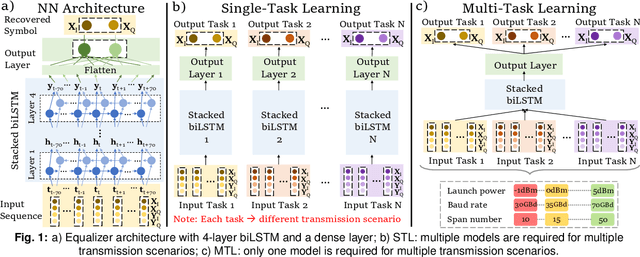
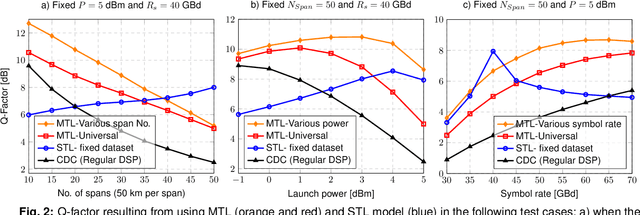
Abstract:For the first time, multi-task learning is proposed to improve the flexibility of NN-based equalizers in coherent systems. A "single" NN-based equalizer improves Q-factor by up to 4 dB compared to CDC, without re-training, even with variations in launch power, symbol rate, or transmission distance.
Hardware Realization of Nonlinear Activation Functions for NN-based Optical Equalizers
May 16, 2023Abstract:To reduce the complexity of the hardware implementation of neural network-based optical channel equalizers, we demonstrate that the performance of the biLSTM equalizer with approximated activation functions is close to that of the original model.
Implementing Neural Network-Based Equalizers in a Coherent Optical Transmission System Using Field-Programmable Gate Arrays
Dec 09, 2022Abstract:In this work, we demonstrate the offline FPGA realization of both recurrent and feedforward neural network (NN)-based equalizers for nonlinearity compensation in coherent optical transmission systems. First, we present a realization pipeline showing the conversion of the models from Python libraries to the FPGA chip synthesis and implementation. Then, we review the main alternatives for the hardware implementation of nonlinear activation functions. The main results are divided into three parts: a performance comparison, an analysis of how activation functions are implemented, and a report on the complexity of the hardware. The performance in Q-factor is presented for the cases of bidirectional long-short-term memory coupled with convolutional NN (biLSTM + CNN) equalizer, CNN equalizer, and standard 1-StpS digital back-propagation (DBP) for the simulation and experiment propagation of a single channel dual-polarization (SC-DP) 16QAM at 34 GBd along 17x70km of LEAF. The biLSTM+CNN equalizer provides a similar result to DBP and a 1.7 dB Q-factor gain compared with the chromatic dispersion compensation baseline in the experimental dataset. After that, we assess the Q-factor and the impact of hardware utilization when approximating the activation functions of NN using Taylor series, piecewise linear, and look-up table (LUT) approximations. We also show how to mitigate the approximation errors with extra training and provide some insights into possible gradient problems in the LUT approximation. Finally, to evaluate the complexity of hardware implementation to achieve 400G throughput, fixed-point NN-based equalizers with approximated activation functions are developed and implemented in an FPGA.
Knowledge Distillation Applied to Optical Channel Equalization: Solving the Parallelization Problem of Recurrent Connection
Dec 08, 2022Abstract:To circumvent the non-parallelizability of recurrent neural network-based equalizers, we propose knowledge distillation to recast the RNN into a parallelizable feedforward structure. The latter shows 38\% latency decrease, while impacting the Q-factor by only 0.5dB.
Computational Complexity Evaluation of Neural Network Applications in Signal Processing
Jun 24, 2022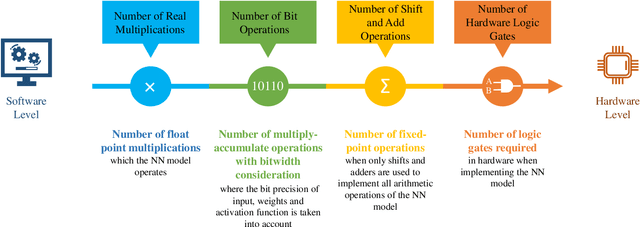
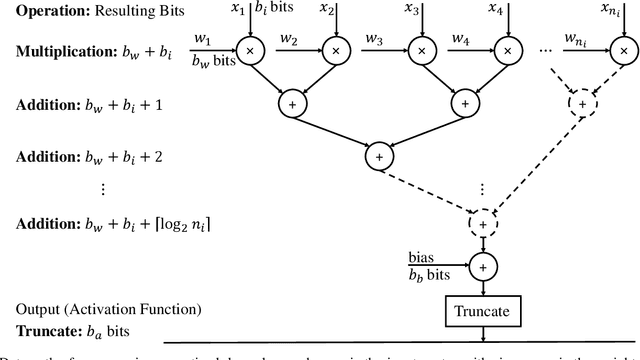
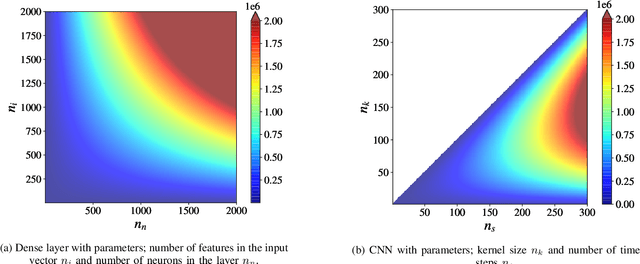
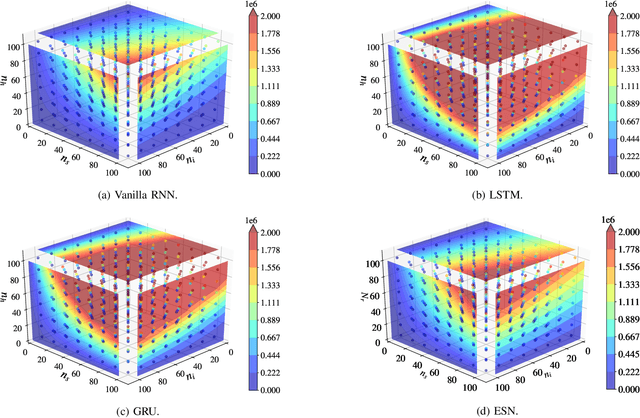
Abstract:In this paper, we provide a systematic approach for assessing and comparing the computational complexity of neural network layers in digital signal processing. We provide and link four software-to-hardware complexity measures, defining how the different complexity metrics relate to the layers' hyper-parameters. This paper explains how to compute these four metrics for feed-forward and recurrent layers, and defines in which case we ought to use a particular metric depending on whether we characterize a more soft- or hardware-oriented application. One of the four metrics, called `the number of additions and bit shifts (NABS)', is newly introduced for heterogeneous quantization. NABS characterizes the impact of not only the bitwidth used in the operation but also the type of quantization used in the arithmetical operations. We intend this work to serve as a baseline for the different levels (purposes) of complexity estimation related to the neural networks' application in real-time digital signal processing, aiming at unifying the computational complexity estimation.
 Add to Chrome
Add to Chrome Add to Firefox
Add to Firefox Add to Edge
Add to Edge